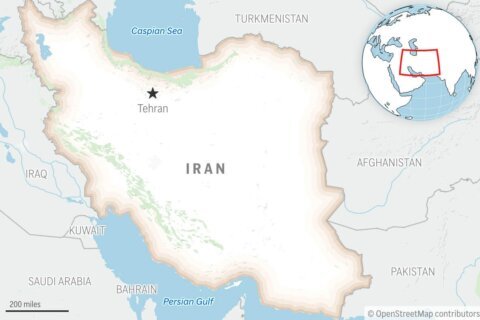Call it call-ahead seating, but for the emergency room.
Fredericksburg, Va.-based Mary Washington Healthcare is trying a new piece of technology at Stafford Hospital that builds on the now-commonplace practice of publishing expected ER wait times.
Mary Washington signed a deal with InQuicker LLC, a Nashville startup that predicts when you’ll see a medical professional and also checks you in for treatment from afar. (I mentioned InQuicker in May, when I wrote about the vibrant Nashville health care startup scene.)
InQuicker doesn’t actually make an appointment; obviously emergency rooms have to stay flexible and can’t make any promises. But it can allow you to wait at home or elsewhere instead of the hospital and promises to cut down on — if not eliminate — the unpleasant hospital time in between arrival and healing.
For instance, at this moment, InQuicker tells me that I’m not likely to get treated before 2 p.m. at Stafford. Good to know. No point in showing up before then. But it also allows me to check in, giving them a basic description of my condition and how to contact me, so when I do show up, they already know who I am and my problem (and how long I’ve been waiting).
Senior Vice President Cathy Yablonski told me it’s primarily meant to increase patient satisfaction. But it could also yield real benefits inside the emergency room, by evening out the peaks and valleys of demand intrinsic in emergency medicine.
Hospitals are obligated by law to staff a full-fledged emergency room 24 hours a day, but most patients show up Monday mornings after a weekend or in the evenings. If the people who can delay treatment use the site to find a slow time, it will relieve pressure on staff during the busy times too. Or at least so goes the theory.
“It allows us to better manage our resources and people throughout the day,” Yablonski said.
One possible downside for a hospital from a competitive standpoint: InQuicker shows all hospitals near you at once, and if the company is successful in signing deals with other nearby hospitals, a facility could lose some patient traffic if it’s substantially more crowded than others.
But for now, Stafford is one of just five Virginia hospitals to use it. The others are in Tappahannock, Gloucester, Newport News and Williamsburg.







